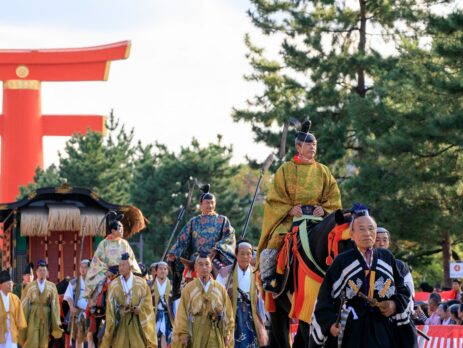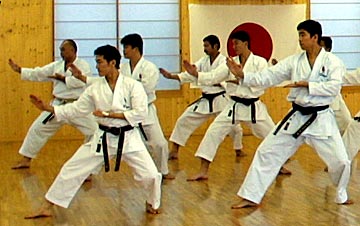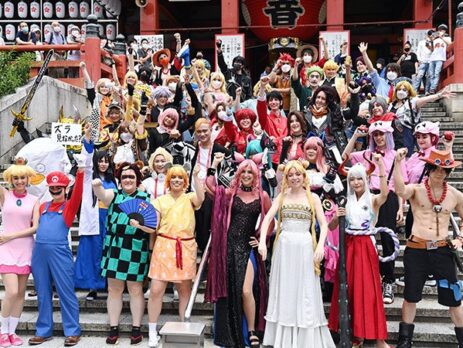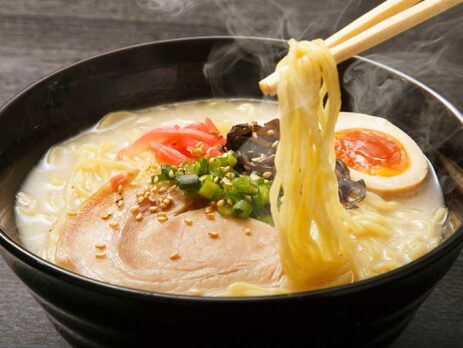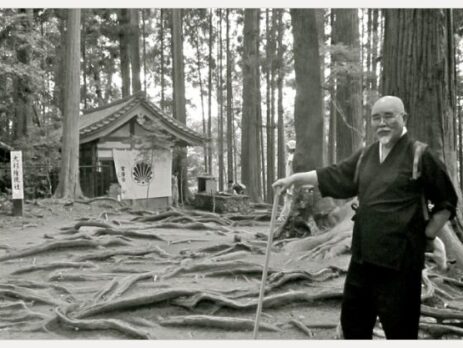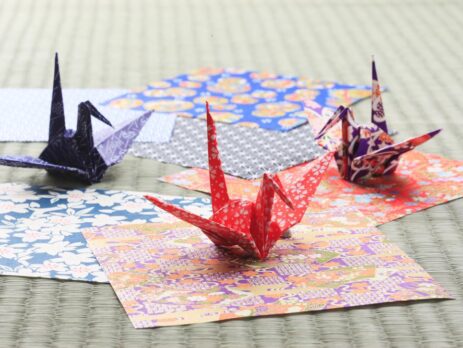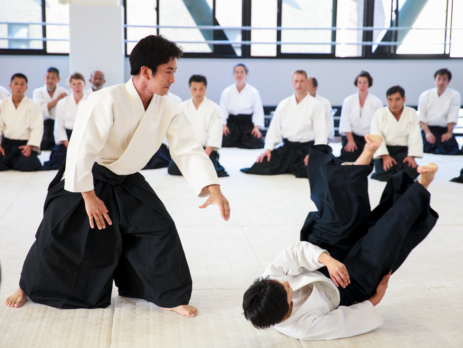Yakisoba
Yakisoba is a popular dish in Japanese cuisine, consisting of fried noodles, vegetables, and meat, served with soy-based sauce. The word "yakisoba" literally means "fried noodles," and it is believed that the dish was introduced to Japan by Chinese immigrants in the early 20th century. Since then, yakisoba has become a common dish at festivals, restaurants, and even fast food joints in Japan.
Yakisoba can be prepared with various types of noodles, but the most common is soba-style noodles made from wheat and buckwheat flour. Additionally, the dish typically includes vegetables such as onion, cabbage, and carrot, as well as meats like chicken, pork, or seafood. Soy sauce is added to flavor the dish, along with other seasonings like ginger and garlic. (more…)



